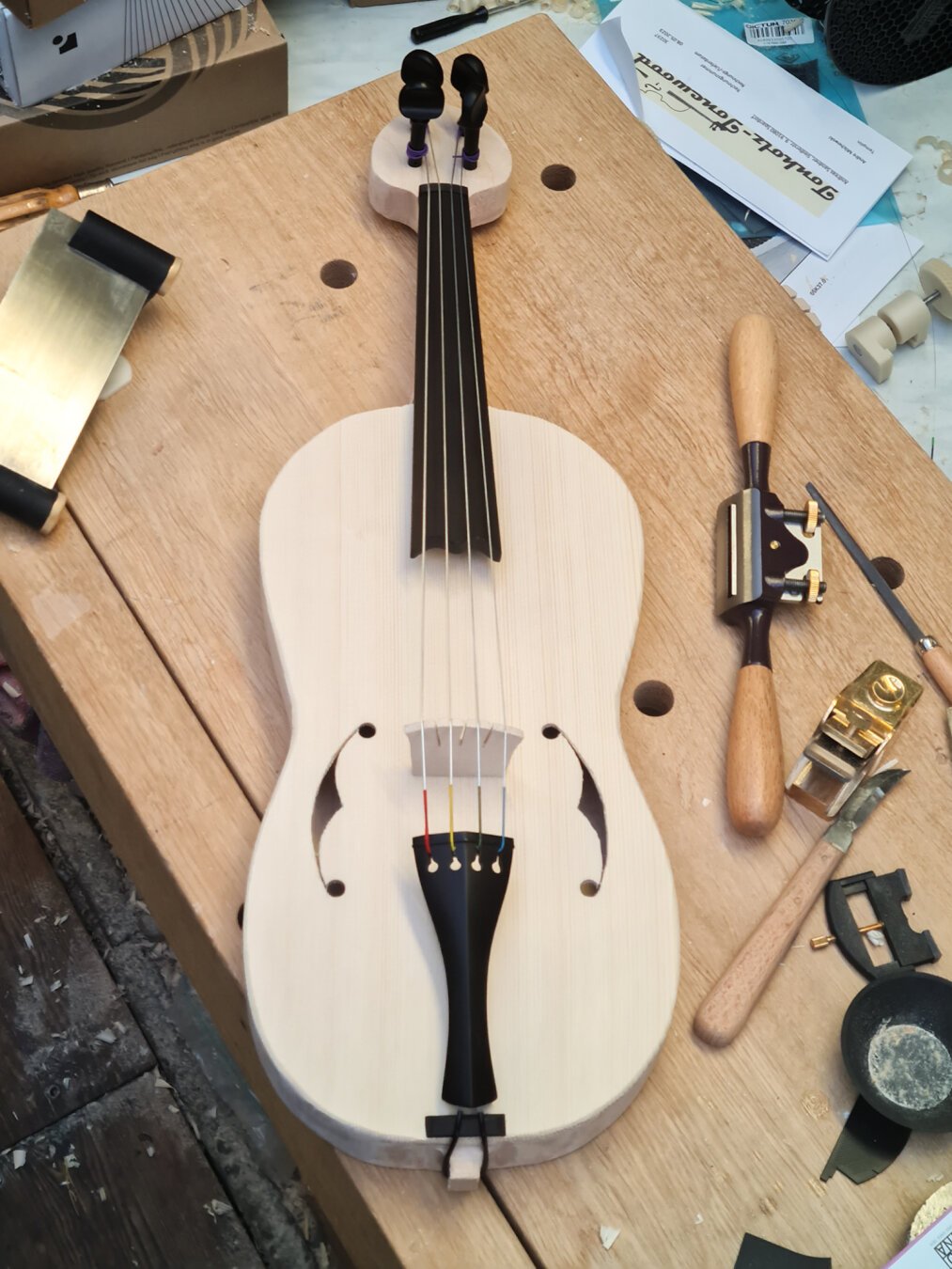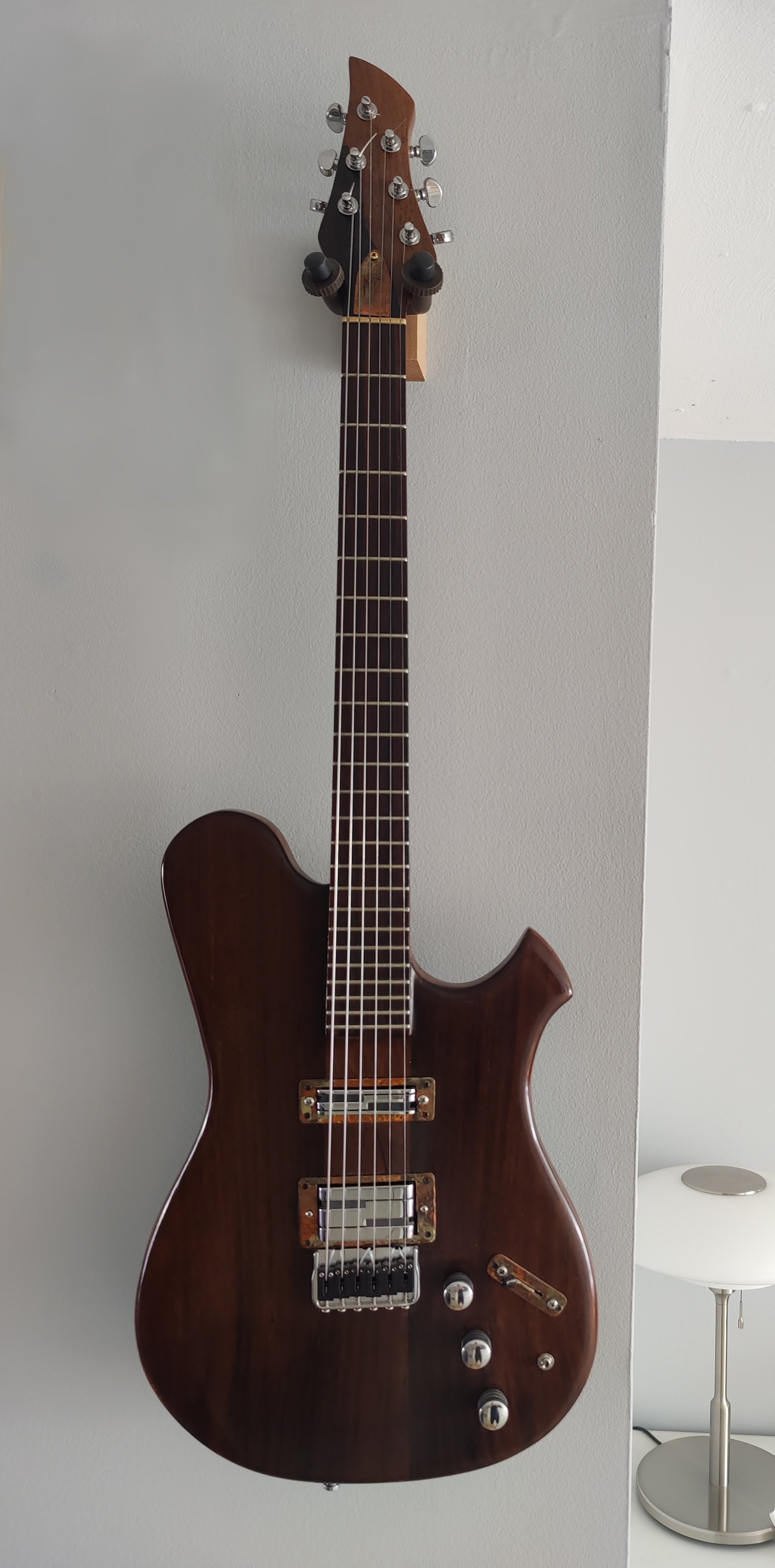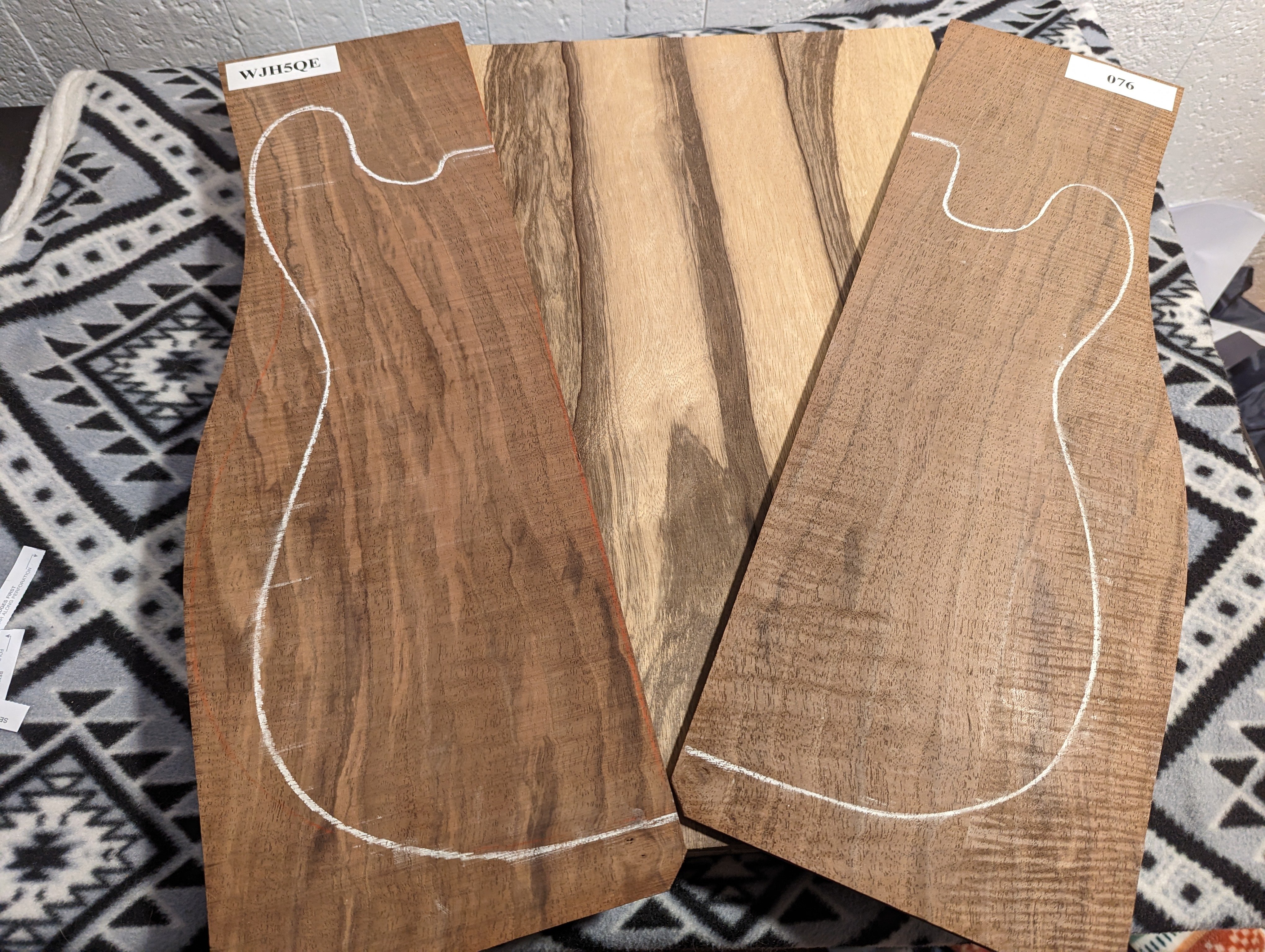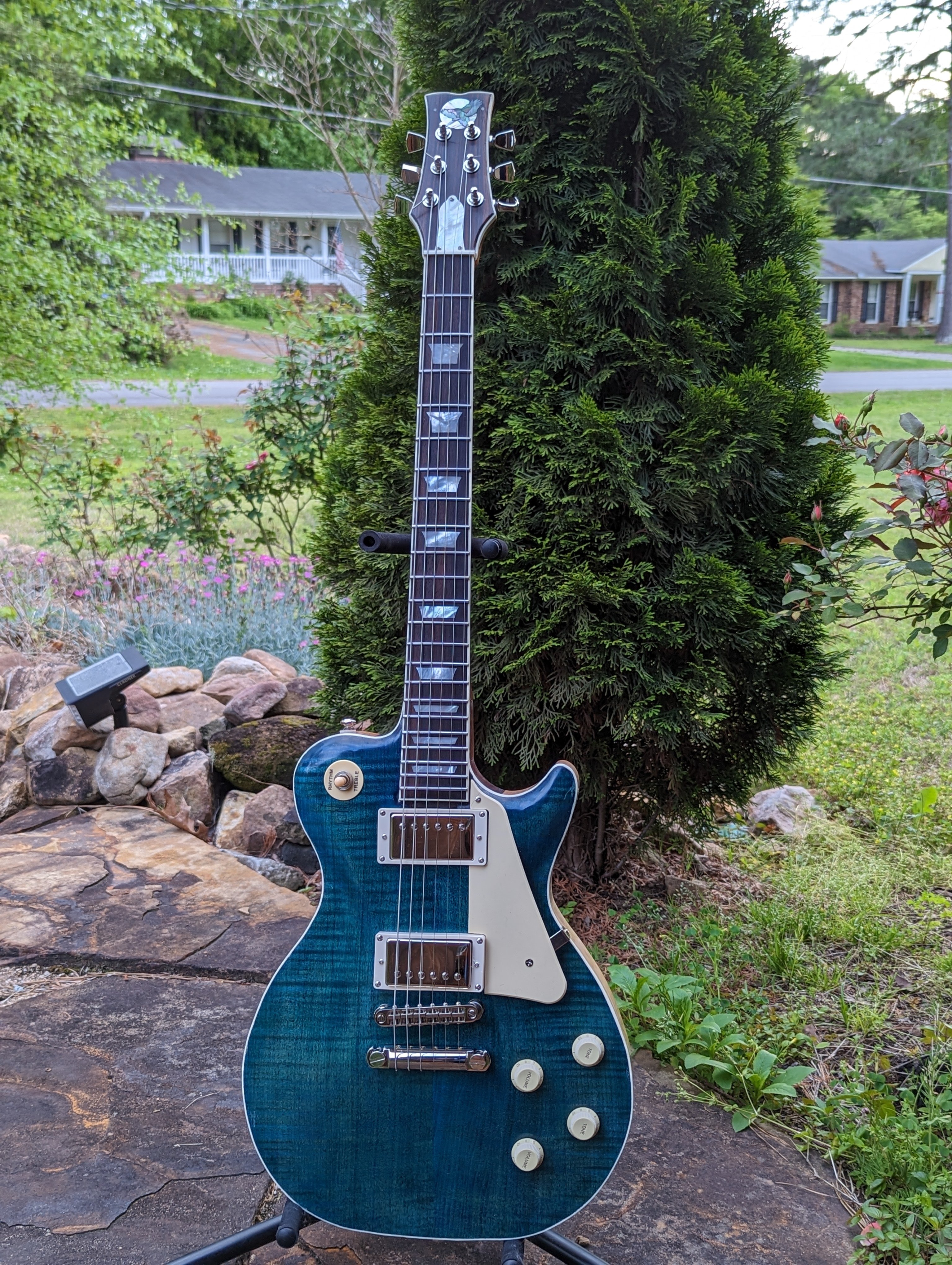Luthier
209 readers
2 users here now
Dedicated to the craft of lutherie, the making of string instruments, and all those who practice it, admire it, or wish to learn about it.
founded 1 year ago
MODERATORS
1
2
3
4
5
6
7
8
9
10
11
12
13
14























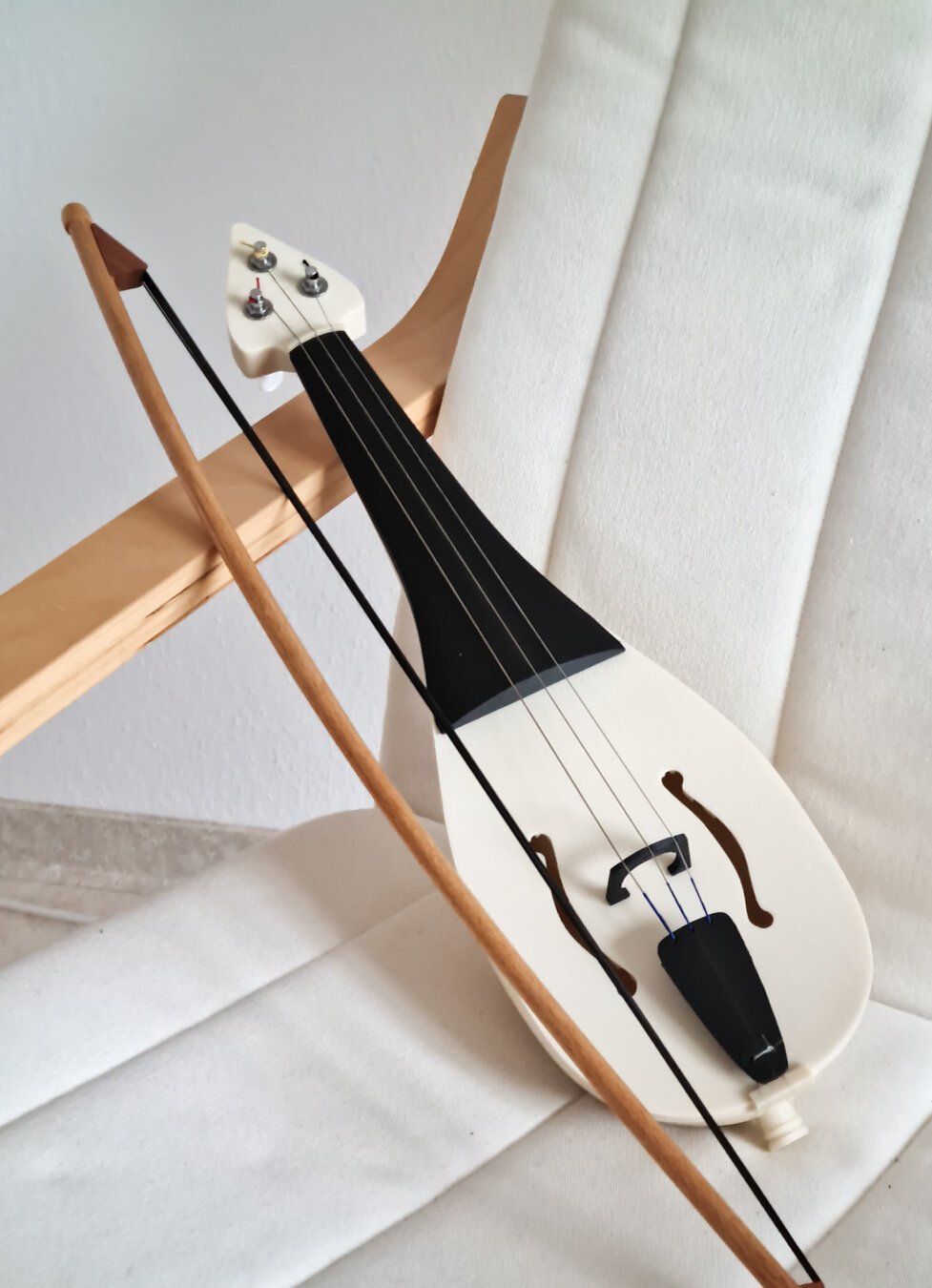
 The mensur is identical to that of a violin, as is fingerboard, bridge curvature, and general instrument size. Currently it's stringed with 1/2 viola strings, tuned C-G-D-A. Body and neck are carved from a single block of maple. No soundpost, only a bass bar. After varnishing, I'll attach a standard violin chinrest and Wittner integrated shoulder rest, so it can be played like a regular violin.
The mensur is identical to that of a violin, as is fingerboard, bridge curvature, and general instrument size. Currently it's stringed with 1/2 viola strings, tuned C-G-D-A. Body and neck are carved from a single block of maple. No soundpost, only a bass bar. After varnishing, I'll attach a standard violin chinrest and Wittner integrated shoulder rest, so it can be played like a regular violin.